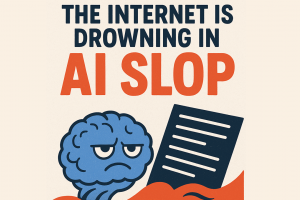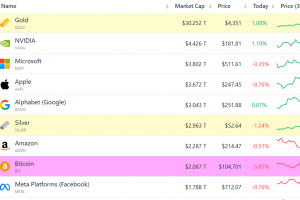Are we expecting sovereign debt to do too much?
The writer is an FT contributing editor
In July of 1694 an act of parliament gave William and Mary the right to levy a tax on shipping and beer. In return, they had to dedicate that revenue toward paying back a group of people who would lend them £1.2mn. This is the act that chartered what would become the Bank of England. The preamble gives the bank one purpose: the money is to go “towards carrying on the War against France”.
That is no longer the statutory goal of the Bank. But that first £1.2mn loan to William and Mary is still treated by economists and policymakers as definitional. Whether to carry on against France or inflation, central banks buy and sell sovereign debt. Any other assets are seen as either political or, worse, not normal: embarrassing panic buys to be shed from the balance sheet as quickly as possible.
This story originally appeared on: Financial Times - Author:Brendan Greeley

























